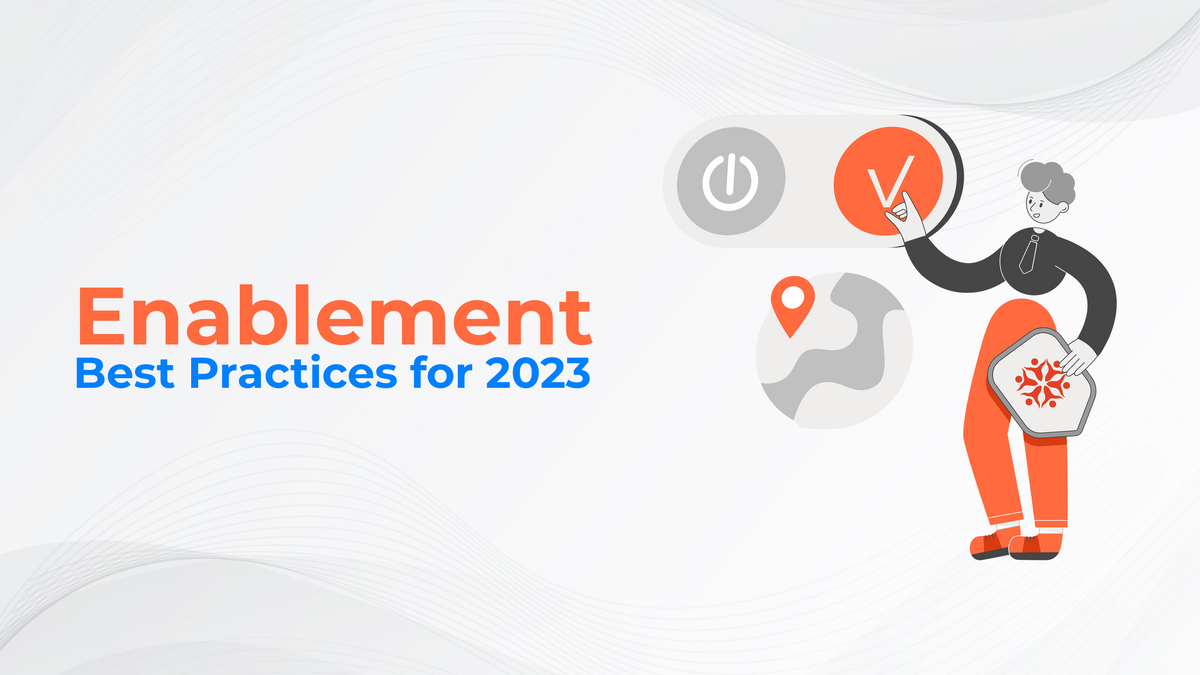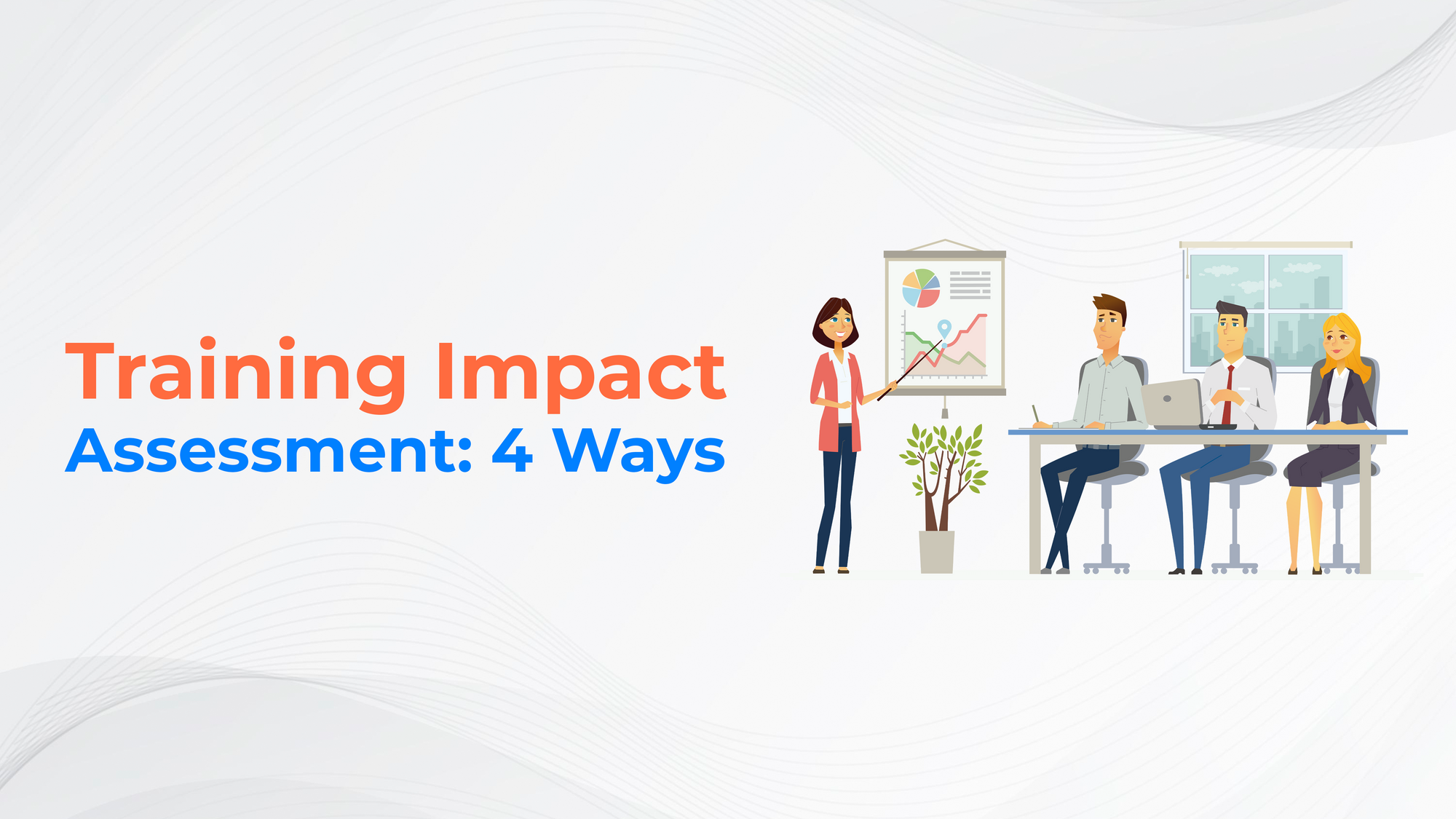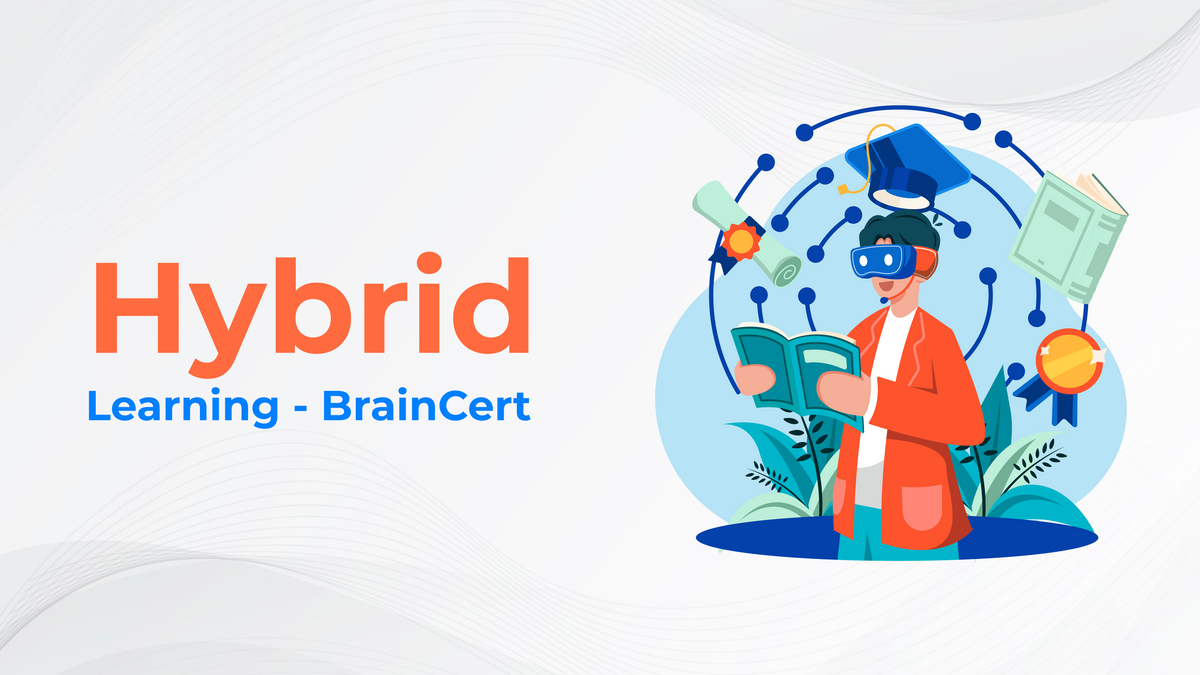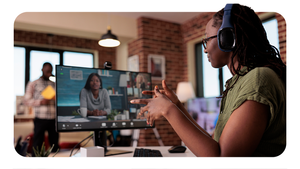The concept of enablement has become increasingly prominent in organizations. From its roots as a customer success tool, it has grown to include a range of strategies and approaches that help businesses better equip their employees with the skills and knowledge they need to succeed. As we move into 2023, these enablement best practices will be essential for any business looking to maximize efficiency and performance.
Organizations should look to foster an environment that allows experimentation and encourages team collaboration. This will help employees discover new ways of using technology and build on each other’s ideas. Additionally, businesses must invest in training programs to ensure their staff is equipped with up-to-date information on new tools or processes they may encounter. Furthermore, companies should ensure managers have access to resources that can support their team members when they face challenges while on the job.
Leveraging Automation
In the world of LMSs, automation is becoming increasingly important. Automation can help streamline processes and improve the quality of user experience for both instructors and learners. However, it’s important to understand what automation is and how it can be used in an LMS before leveraging it successfully. Automation is defined as a system in which technology or software carries out certain tasks with minimal human intervention.
In an LMS, this means automating time-consuming or repetitive tasks such as enrolling students, tracking course completion or generating reports. Leveraging automation allows organizations to take advantage of its benefits while freeing up time and resources that can be spent on more strategic activities such as creating content or engaging with learners.
Data-driven Decision Making
Data-driven decision-making is becoming essential for businesses in many industries, and learning management systems (LMS) are no exception. More organizations are relying on analytics to optimize operational efficiency to make decisions about their LMS. By leveraging data from both employees and customers to better evaluate their LMS performance, organizations can improve the overall user experience.
Data-driven decision-making in an LMS involves collecting large amounts of data from multiple sources and analyzing it to gain insights into customer needs and preferences. This analysis can help companies adjust their strategies quickly as they identify areas that need improvement or additional features that may be beneficial to users. Additionally, this data can be used to monitor progress over time and determine whether certain changes have positive or negative impacts on usage rates.
Enhancing User Experience
Enhancing user experience in a Learning Management System (LMS) is essential for delivering engaging and effective online learning experiences. By leveraging the latest technologies and strategies, educational institutions can create an intuitive and interactive LMS that meets user needs. To ensure a positive user experience, consider including features tailored to the unique needs of students and instructors.
This includes providing personalized guidance, making it easy to access course materials, offering timely feedback on assignments, integrating multimedia elements such as videos and audio clips into lessons, enabling social interaction between participants through discussion boards or chatrooms, and using gamification techniques to encourage student engagement.
Additionally, optimizing mobile compatibility ensures learners can easily use the LMS from any device for further convenience. By incorporating these strategies into an institution's LMS design plan, users will benefit from a more immersive and interactive learning environment that facilitates better knowledge acquisition outcomes.
Prioritizing Learning Culture
The success of any organization can be directly linked to the ability of its employees to develop and adapt to new skills. Therefore, businesses must prioritize learning culture in Learning Management Systems (LMS). A well-designed LMS enables organizations to manage and track employee development, significantly improving performance outcomes. In an ever-evolving business landscape, it is increasingly important for companies to keep up with the latest trends and technologies.
By investing in an effective LMS, employers can ensure their teams have access to industry-leading resources for continued learning. This helps foster a positive culture of growth within the workplace, encouraging employees to stay current with best practices that lead to improved productivity and better job satisfaction. By creating a strong focus on a learning culture within their LMS, employers can create a more engaged workforce that has access to the tools necessary for career advancement.
Improving Collaboration Platforms
As we move into the digital age, organizations are increasingly utilizing Learning Management Systems (LMS) for remote collaboration. An LMS is an online learning platform that allows users to create, manage, and track educational courses. While these systems have been widely adopted in recent years, there is still room for improvement in terms of their capabilities. Here’s a look at how companies can enhance the collaborative features of their LMS platforms and improve user experience.
One way to optimize collaboration within an LMS is by introducing real-time conferencing tools such as chats or video calls. This would allow team members to communicate directly with each other while they are working on tasks and assignments within the system. Additionally, companies should consider adding integrated task management features that allow users to assign tasks and monitor progress more effectively.
Power of Personalization
The power of personalization in Learning Management Systems (LMS) is revolutionizing the way that courses and learning experiences are delivered to students. Personalized learning, defined as using technology to tailor instruction and materials to individual student needs, has increased engagement, motivation, and academic performance.
By leveraging the capabilities of an LMS, instructors can provide a more customized educational experience for their students while still maintaining control over instructional delivery. With an LMS' personalized learning tools, teachers can access detailed analytics about each student's progress through a course. This helps instructors tailor lesson plans effectively by addressing any specific topics or skills that individual students may be struggling with – without having to slow down the whole class.
Conclusion
The BrainCert Enablement Best Practices for 2023 are key to succeeding in the ever-evolving digital world. It is important to take into consideration the guidelines outlined above and apply them to your business’s current strategies. Ensuring that you have a comprehensive enablement plan can help you stay ahead of the competition and continue to grow and scale your business in today’s market.










